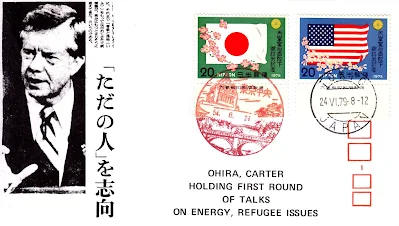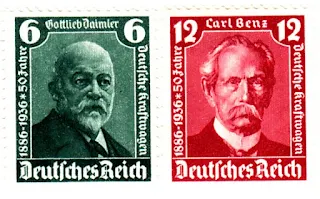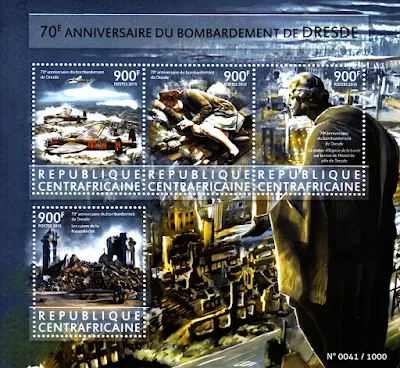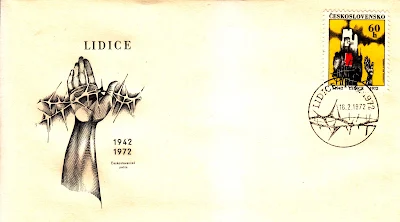The postage stamps of 'Schopenhauer' from the Free City of Danzig (in values of 15 Pf, 25 Pf and 40 Pf) were designed by Danzig painter and graphic artist Max Buchholz.
Arthur Schopenhauer (1788 - 1860) was a German philosopher born in Danzig. He is best known for his 1818 work "The World as Will and Representation" (expanded in 1844), which characterises the phenomenal world as the product of a blind noumenal will. His work has been described as an exemplary manifestation of philosophical pessimism.
Although his work failed to garner substantial attention during his lifetime, Schopenhauer had a posthumous impact across various disciplines, including philosophy, literature, and science. His writing on aesthetics, morality, and psychology influenced many thinkers and artists. Those who have cited his influence include philosophers Emil Cioran, Friedrich Nietzsche and Ludwig Wittgenstein, scientists Erwin Schrödinger and Albert Einstein, psychoanalysts Sigmund Freud and Carl Jung, writers Leo Tolstoy, Herman Melville, Thomas Mann, Hermann Hesse, Machado de Assis, Jorge Luis Borges, Marcel Proust and Samuel Beckett, and composers Richard Wagner, Johannes Brahms, Arnold Schoenberg and Gustav Mahler.


















































